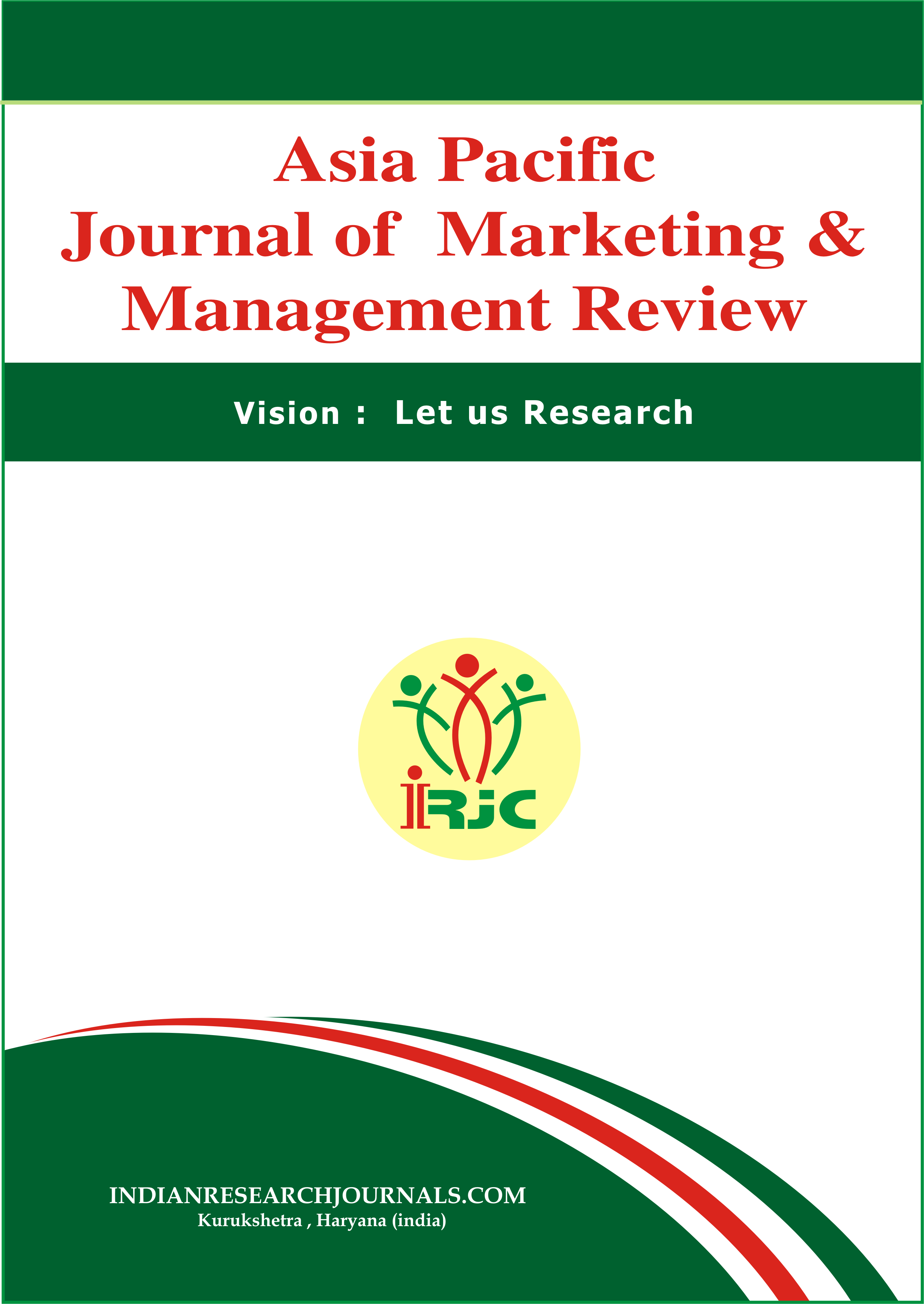PRINCIPLES OF INCREASING THE SHARE OF DIFFERENTIATED EDUCATIONAL METHODS IN THE IMPLEMENTATION OF EDUCATIONAL REFORMS IN UZBEKISTAN
Parole chiave:
Differentiation, education, assessment, identifying, students’ maturity, potential, achievements, shortcomings, self-assessment, duty and an obligation.Abstract
The article deals with the differentiation of education as an important factor of pedagogical technology. As schools create our future, it is both a duty and an obligation for us to think and care about its future. One of the important aspects of its development is the differentiation of education. The first elements of differentiation, which are organized in the study of sciences in the current groups, are the process of transition to differentiated education instead of homogeneous groups. It will be possible to implement differentiated education in two directions.
Riferimenti bibliografici
Mirziyoev Sh.M. We will resolutely continue our path of national development and raise it to a new level. (Volume 1). - Tashkent: NMIU "Uzbekistan", 2017. - 592 p.
Olimov Sh.Sh., Hasanova Z.D. Application of pedagogical technologies in the educational process. - T.: "Science and technology", 2014. - 184 pages.
Olimov Sh. Sh., Durdiyev D.Q. Pedagogical technology. - Bukhara: "Sadriddin Salim Bukhari" Durdona Publishing House, 2019. - 184 p.
Sayidahmedov N.S. The essence of new pedagogical technology. // J. Public education. 1991, No. 1, pp. 97-102.
Yusupova, Shakhida. "TECHNICAL THINKING IN ENGLISH CLASSES AS A PSYCHOLOGICAL AND METHODOLOGICAL PROBLEM." European Journal of Research and Reflection in Educational Sciences Vol 7.9 (2019).
Yusupova S. B. THE CONCEPT OF THINKING AND TEACHING ENGLISH AS A FOREIGN LANGUAGE // Dostizheniya nauki i obrazovaniya. - 2019. - No. 8-3. - S. 62-63.
Yusupova, Sh. "SOME FEATURES OF THE PROBLEM OF FORMATION AND DEVELOPMENT OF STUDENTS' TECHNICAL THINKING IN ENGLISH CLASSES." SCOPE ACADEMIC HOUSE B&M PUBLISHING (2019): 64.
##submission.downloads##
Pubblicato
Fascicolo
Sezione
Licenza
Copyright (c) 2022 GEJournals

Questo lavoro è fornito con la licenza Creative Commons Attribuzione - Non commerciale - Non opere derivate 4.0 Internazionale.





